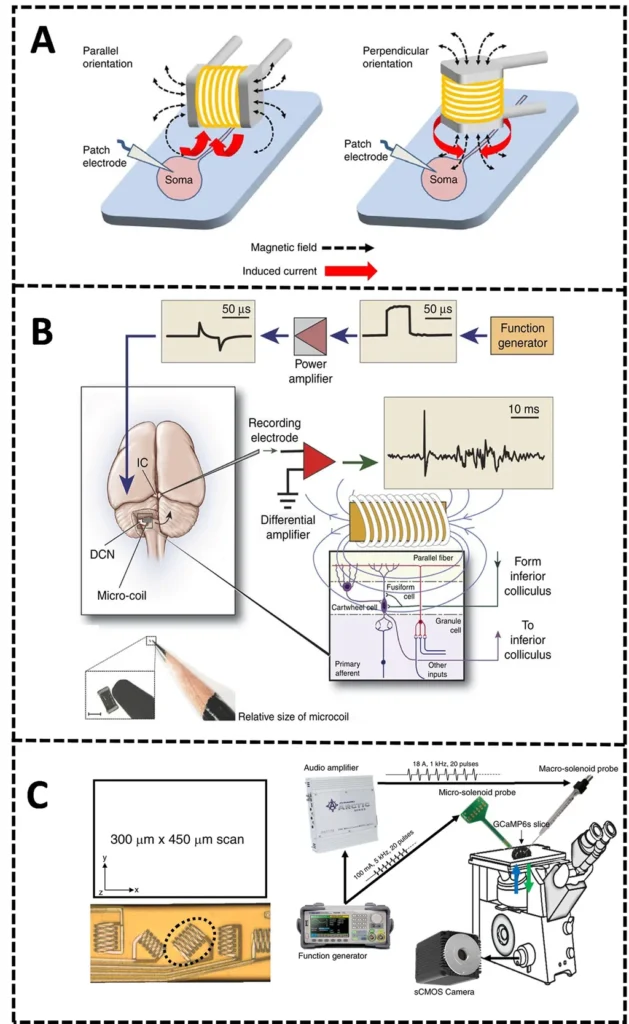In a significant stride towards enhancing the efficiency and durability of energy conversion devices, researchers have developed a novel approach to improve metal-supported reversible proton ceramic cells (MS-rPCCs). This breakthrough, published in the English-language journal *Advanced Ceramics*, could pave the way for more reliable and cost-effective power generation and hydrogen production technologies.
The study, led by Chenzhao Liu from the State Key Laboratory of Materials Processing and Die & Mould Technology at Huazhong University of Science and Technology in Wuhan, China, addresses a critical challenge in MS-rPCC fabrication: element diffusion from the metal support and the mismatch between metallic and ceramic layers. By introducing a rationally designed pure nickel metallic support combined with a transition layer composed of 80 wt% NiO and 20 wt% BaZr0.1Ce0.7Y0.2O3−δ (BZCY), the team successfully engineered the interface to bolster the cell’s strength and structural stability.
The enhanced MS-rPCC demonstrated impressive performance metrics, achieving a peak power density of 0.8 W·cm−2 in fuel cell mode at 650 °C and a current density of −1.25 A·cm−2 at 1.3 V in electrolysis cell mode. Moreover, the cell exhibited remarkable stability, with no significant degradation after 200 hours of operation in fuel cell mode, boasting a degradation rate of just 0.02 mV·h−1. The cell also showed exceptional resilience during 100 hours of reversible fuel cell/electrolysis cycling, thermal cycling, and rapid startup tests.
“This work provides a new approach for the commercialization and widespread adoption of MS-rPCC for low-temperature, high-performance power generation and hydrogen production,” Liu explained. The implications of this research are substantial for the energy sector, as it offers a pathway to more efficient and durable devices for converting between electrical and chemical energy.
The enhanced stability and performance of these cells could lead to more reliable and cost-effective energy storage solutions, which are crucial for integrating renewable energy sources into the grid. Additionally, the improved hydrogen production capabilities could facilitate the development of a hydrogen economy, offering a clean and sustainable energy carrier for various applications.
As the world continues to seek innovative solutions to meet its energy demands while reducing greenhouse gas emissions, advancements like this one bring us closer to a more sustainable energy future. The research not only highlights the potential of interface-engineering in enhancing the performance of energy conversion devices but also underscores the importance of continued investment in materials science and technology.
With further development and optimization, the enhanced MS-rPCCs could play a pivotal role in the global transition towards a low-carbon energy system, ultimately contributing to a more sustainable and resilient energy infrastructure.

